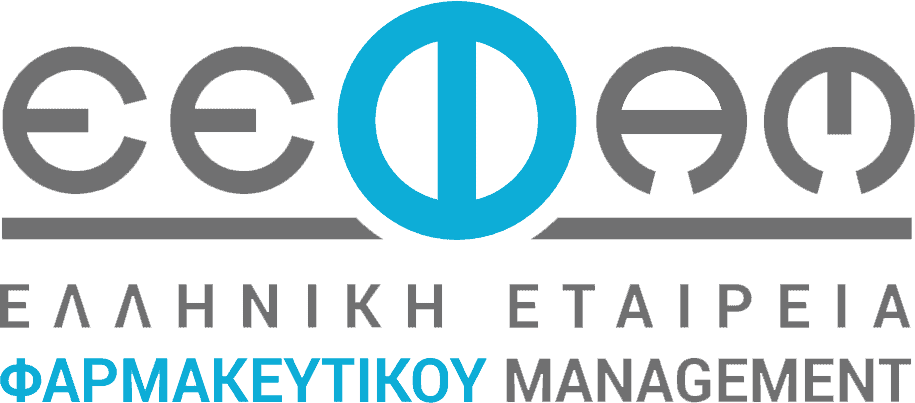Imagine these scenarios:
- A senior executive in your organization makes a sexist comment in a company-wide email.
- Your CEO has made it clear that your company will not be investing in sustainability, an issue that you care deeply about.
- You witness a microaggression in a team meeting.
In each of these instances, your instinct may be to speak up, confront the person, and share your views. But what’s the effective way to do so?
When you’re just entering the workforce, it can feel challenging to contribute to an organization’s company policies or vocalize your thoughts on issues that matter to you. Your lack of positional power may discourage you from being honest or giving feedback. The problem with this mindset is that it ignores how important our values are to our well-being at work. In fact, according to a global survey of 2,600 Gen Zers, only one in five would work for a company that doesn’t share their values. Similarly, at least 70% of Gen Z involve themselves in a social or political cause. Further, there is evidence that people who are able to link their social purpose to their jobs are more satisfied and engaged at work.
To better understand how you can let your voice be heard and have difficult conversations at work without burning bridges, I spoke with four experts. Here’s what they had to say.
See others as a potential allies, not adversaries.
When sharing your thoughts about an incident, such as a microaggression, approach the person who made the comment as an ally. Social advocacy is more effective when you start with “calling people in” to dialogue instead of “calling them out” or simply critiquing them.
Todd Kashdan, author of The Art of Insubordination, said that “calling in” is ultimately about admitting that we’re all of the same nature. “We all have flaws, make mistakes, and often don’t have the energy or mental capacity to do the things we care about. What’s important is we acknowledge it and choose to do better,” Kashdan adds.
Your goal should be to have a conversation and try to understand the other person’s perspective. During the discussion, the emphasis needs to be on helping them understand their mistake rather than trying to shame them for it. For instance, you could say: “I didn’t understand the joke you made. Honestly, it was a bit hurtful to hear as a person of/with [the identity you hold]. Would you be open to a conversation about this?”
Trying to have this conversation, Kashdan and Berkman say, is not just ideologically wise — it’s pragmatic and practical. When you invite another person to discuss an issue rather than trying to win a battle, they’re more likely to listen and move forward from the conversation positively.
“Things are a lot less likely to get done in an adversarial setup. That’s why, it’s strategic to set up an equal ground where both people can talk,” said Tobias Berkman, a senior associate at the Consensus Building Institute and affiliated faculty at the program on negotiation at Harvard Law School.
Intent matters. So, listen to the other person’s views.
Once you’re on equal footing, it’s important to listen to and consider the other person’s point of view. Research shows that we often exaggerate how extreme our opponents are.
“Somebody says something and we all of a sudden create this whole construct about who they are as a person and what type of intention they have, and then we proceed as if that’s true,” said Julia Minson, an associate professor at Harvard Kennedy School. “That automatically sets up the adversarial environment in which someone has to lose.” She explains that it’s important to learn more about the other person’s actual intent, rather than filing it in with your own assumptions.
To clarify those intentions, listen actively and be curious. “Listening doesn’t mean compromising. It means truly understanding where the other person is coming from,” Minson said. “Spend time trying to understand why the other person believes what they believe.”
You can also ask specific questions to better understand intent. For example, you can open up the conversation with, “Tell me more about your perspective on what happened.” Pay attention to what the other person says. After listening thoroughly, paraphrase what you heard: “I understand what you said is XYZ. Did I get that right?” This will help you clarify misconceptions and confirm the facts. Based on this information, you can follow-up with your point of view: “Listening to you speak made me think of this new piece of research on the gap in health insurance for non-partnered folks that I wanted to share with you.”
This can also help you learn more about where the actual gaps are between your beliefs. Is their view based on personal experience, or perhaps the lack of it? Are they aware of information that contradicts your own research? Do they seem open to new information, and show an affinity to change? Paying attention to these things can help you come up with solutions that are acceptable to everyone.
Minson said that when we listen, and others feel heard, they’re much more likely to hear us. “The norm of reciprocity — I do unto you what you do unto me — is a basic human behavior. That will enable the other person to open up the floor to you, making it easier for us to convey our stance.”
Alison Wood Brooks, an associate professor at Harvard Business School adds that intent isn’t just about the other person’s actions. It’s also about your own intentions. Ask yourself: What is my goal in reaching out to this person to have a conversation? If your aim is to create some type of change in another person and to get your point across, then you need to remember that even in the heat of the moment, Brooks explains.
If you simply want to confront someone, share your anger, and “make a point,” it might only escalate the situation.
Remember that you are dealing with another human.
Throughout this conversation, it’s important to remember that you’re communicating with a real human being — a person with feelings, stories, history, trauma, heart, and the same needs as you to be heard, understood, and most importantly, respected. Kashdan said that the now-common, overused practice of labeling people as narcissists, gaslighters, and toxic can make us dehumanize other people, especially when their opinions don’t reflect our values.
That’s why it’s important to listen to others and understand their point of view. Humans have the ability to change and improve themselves. Minson highlights that when we see that potential in those we disagree with, we’re likely to engage with them more effectively. It’s important to avoid seeing people as “good” or “bad.” This will help you extend some grace and empathy to the other person.
On the other hand, exclusion can lead to more extreme views. If the other person feels alienated, they may end up seeking out and finding others who will listen to them and agree with their points of view. This further isolates us from each other, and creates polarizing opinions and thoughts, Minson adds. Viewing the other person as human (albeit with flaws) with the same fundamental need to be heard and respected can go a long way in creating the change we want to see happen.
It’s okay to use humor, sometimes.
It may seem counter-intuitive, but Kashdan said that a sense of humor can help tremendously in social advocacy. He shared the example of Loretta Rose, a professor and an activist, who, in a 2019 op-ed piece in The New York Times, wrote:
In 2017, as a college professor in Massachusetts, I accidentally misgendered a student of mine during a lecture. I froze in shame, expecting to be blasted. Instead, my student said, “That’s all right; I misgender myself sometimes.” We need more of this kind of grace.
Kashdan contrasts this with using shame or embarrassment as a persuasion tactic. “When you shame others, you drive them up a corner, and all they can do in that situation is to either coil up or scratch your eyeballs. You want to give them an out,” he said. Humor allows us to be human, disarm others, and save face. It calls people in and doesn’t assume negative intent.
That said, this is only something you can practice if you feel comfortable and safe with the people you’re interacting with. It also depends on the situation and the values that are being challenged. Humor can be most useful while speaking up to a colleague that you get along with who has displayed a microaggression. In situations where you’re speaking to power, humor can be challenging. Assess who you can use humor as a tool with, and ensure that it helps you move the conversation forward instead of insulting or degrading the other person.
Don’t be afraid to ask for help.
The advice above may be helpful if you’re addressing a single issue with a colleague or even your boss. But what if you’re eager to share your perspective about a larger, organizational issue? Or what if the person you need to confront is the CEO or another senior leader?
This might seem like an impossible task, but don’t get discouraged. Amit Goldenberg, an associate professor at Harvard Business School, explains that in such instances, finding allies is an important strategy in getting your voice heard.
To find allies, think about the people in leadership positions who care about the same issues. Can you ask your boss for advice on how to move forward? Is there a leader in your department that is closer to the CEO who you can connect with? Are there senior managers in other departments who align with your values that you feel comfortable seeking feedback on how to move forward?
Once you have two to three people you feel comfortable approaching, set up a meeting and explain how you feel about the given situation. Think of yourself as an advocate for the cause, and pitch how taking certain steps would help the company, its leaders, and its employees.
For example, you could say something like, “I read the CEO’s recent address on our strategy for the year, and I felt like we missed the opportunity to focus on ESG. With sustainability gaining popularity across different industries, I believe it’s an opportune moment for our organization to pursue clients who prioritize ESG goals because of XYZ. Here are my ideas on what we can do better. I’d love to either write an email to the CEO about this or have a senior leader bring it up in the executive meeting. How do you suggest I move forward?”
. . .
Advocating for a more humane world that’s built on care and respect is not easy, and you ultimately have little control over how others respond to you. But even if your attempts to engage another person are not always successful, remind yourself that you made a wholehearted effort, and that’s what counts. In the end, the key to changing minds and behaviors is patience — you must give it time.








